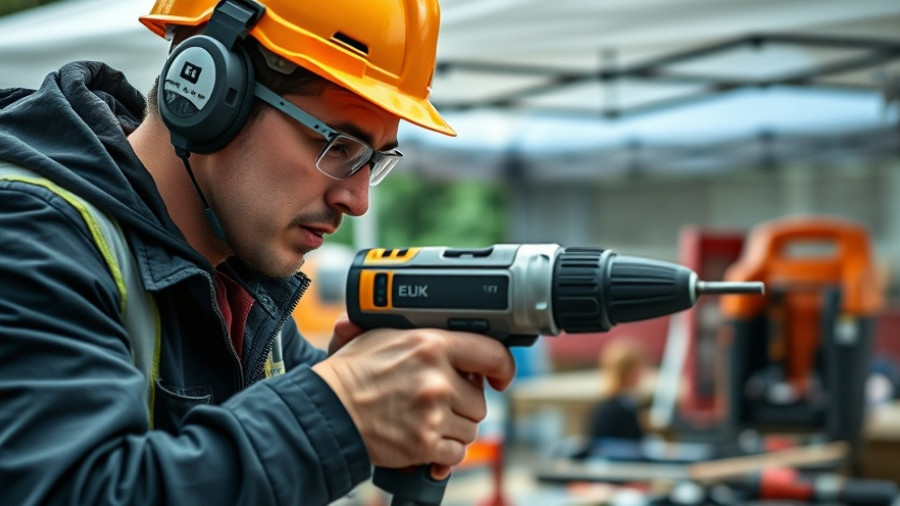
Uncovering Deceit in the Construction Industry
In a significant blow to consumer confidence, a Minnesota contractor, Michael Hardecker, was sentenced for defrauding multiple clients. Hardecker's story is a cautionary tale for property developers and business owners who crave reliable partnerships in the often-complex world of construction. Despite his ultimate downfall, Hardecker's approach exemplified a troubling trend where clout in the construction sector can overshadow accountability.
The Impact on the Community
This case transcends individual deception—it's a failure that reverberates through the community. Fraudulent practices not only affect direct victims but can undermine trust across entire sectors. When a construction professional abuses their position to exploit clients, it cuts deeper than mere financial loss; it damages the long-term relationships that businesses rely on to thrive.
Parallel Cases: Understanding a Broader Context
Hardecker's case is not an isolated incident. Numerous contractors across the nation have faced similar consequences for misconduct, highlighting the lack of stringent regulations often found in the construction sector. For instance, a case in California recently revealed a contractor who conned clients out of thousands by providing substandard materials while inflating project costs. Such incidents must serve as red flags for businesses and homeowners alike, urging diligence in vetting professionals.
Future Predictions: Evolving Standards in the Industry
The fallout from cases like Hardecker's invites a much-needed reevaluation of industry standards. With the rise of technology and data analytics, the construction sector is primed for disruption. Customer reviews and transparent project management software can usher in accountability, increasing trust between clients and contractors. Meanwhile, organizations advocating for sustainable practices are also pushing for integrity within the industry, thereby fostering a more reliable and ethical market.
Valuable Lessons for Businesses
Understanding the repercussions of fraud can lead to actionable insights. As a business owner or property developer, prioritizing due diligence in contractor selection is paramount. Consider employing a rigorous vetting process: check references, review past projects, and look for third-party certifications. Moreover, fostering open lines of communication can mitigate potential misunderstandings and protect valuable resources.
How to Safeguard Your Investments
Equipping yourself with knowledge is key in today's construction industry. Stay updated on legal requirements and best practices to ensure compliance and transparency. Additionally, consider attending industry seminars or forums to learn from experts and peers, enhancing your understanding of emerging trends and challenges. Investing in proper oversight can save your business from the dire repercussions of fraud.
Conclusion: Building a Trustworthy Future
Michael Hardecker's case underscores the importance of collaboration built on trust. As a business owner or property manager, it's essential to seek out relationships with contractors who prioritize integrity and professionalism. Embrace the tools available to you, and consider how your choices today can foster a cleaner, more respected construction landscape for the future. Let's work together toward a community where sustainable practices and ethical guidelines aren't just ambitions but realities.
 Add Row
Add Row  Add
Add 




Write A Comment